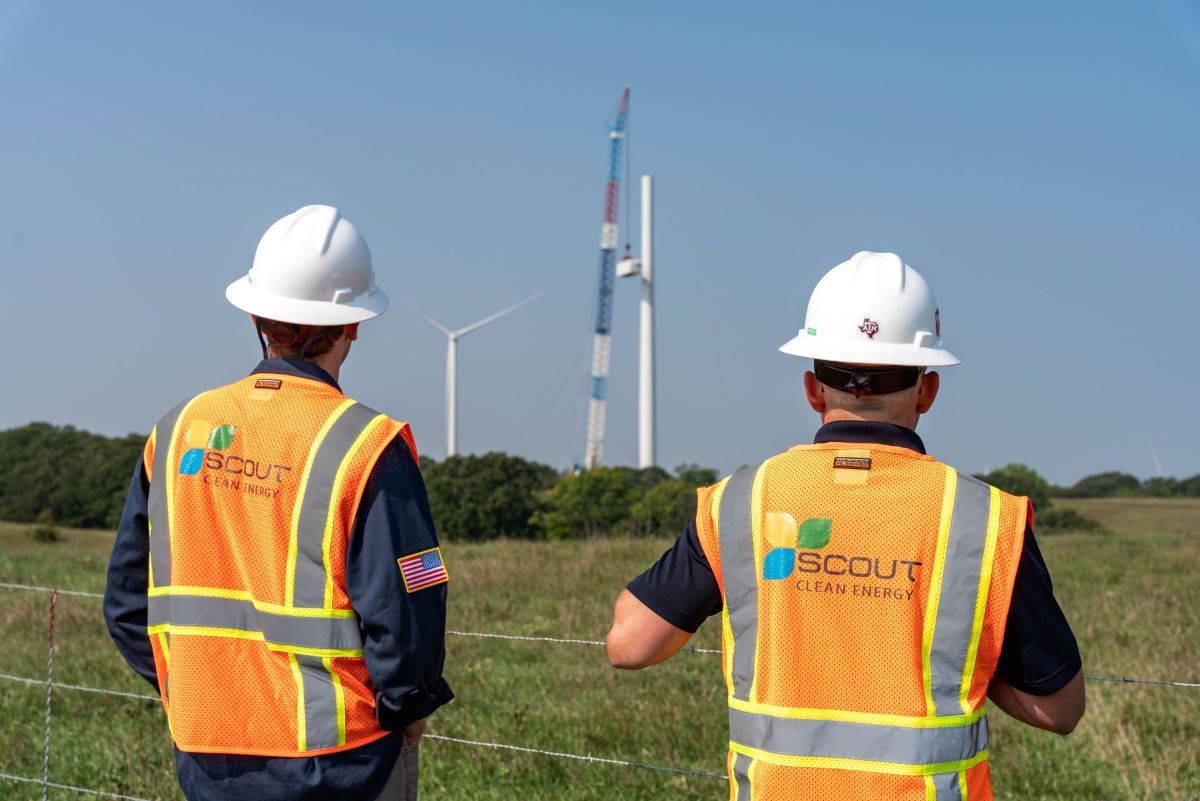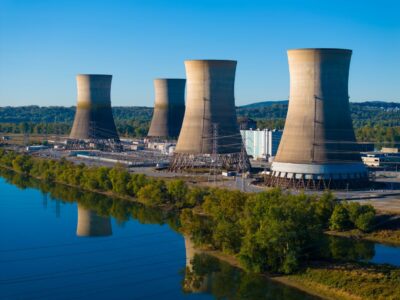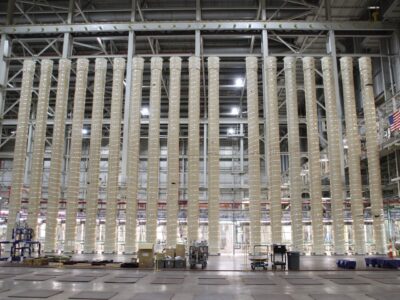At the end of May, the U.S. House narrowly pushed through a budget and tax bill that took a sledgehammer to clean energy tax credits. These include the Section 45X Advanced Manufacturing Production Tax Credit, which encourages the domestic manufacturing of components for the clean energy supply chain, the Section 45Y Clean Electricity Production Credit and Section 48E Clean Electricity Investment Credit, which benefit solar and wind projects, and the Section 25D Residential Clean Energy Property Credit, which helps households install solar and other technologies to lower their electricity bills. The Clean Economy Tracker has collected data about what the House reconciliation bill would mean for Iowa if passed in its current form.
Section 45X
Since 2022, Iowa has welcomed more than $36.2 million in wind turbine manufacturing investments, in turn creating 1,247 associated jobs. Most recently, Nordex Group announced that it was reopening and expanding its nacelle manufacturing facility in West Branch, creating over 100 jobs that will compensate employees 40% more than the state’s median income.
The House reconciliation bill would phase out the Advanced Manufacturing Production Tax Credit for wind components after 2027 and all other components after 2031. Facilities like Nordex’s may not proceed if these credits are scaled back, jeopardizing local job creation and community investments.
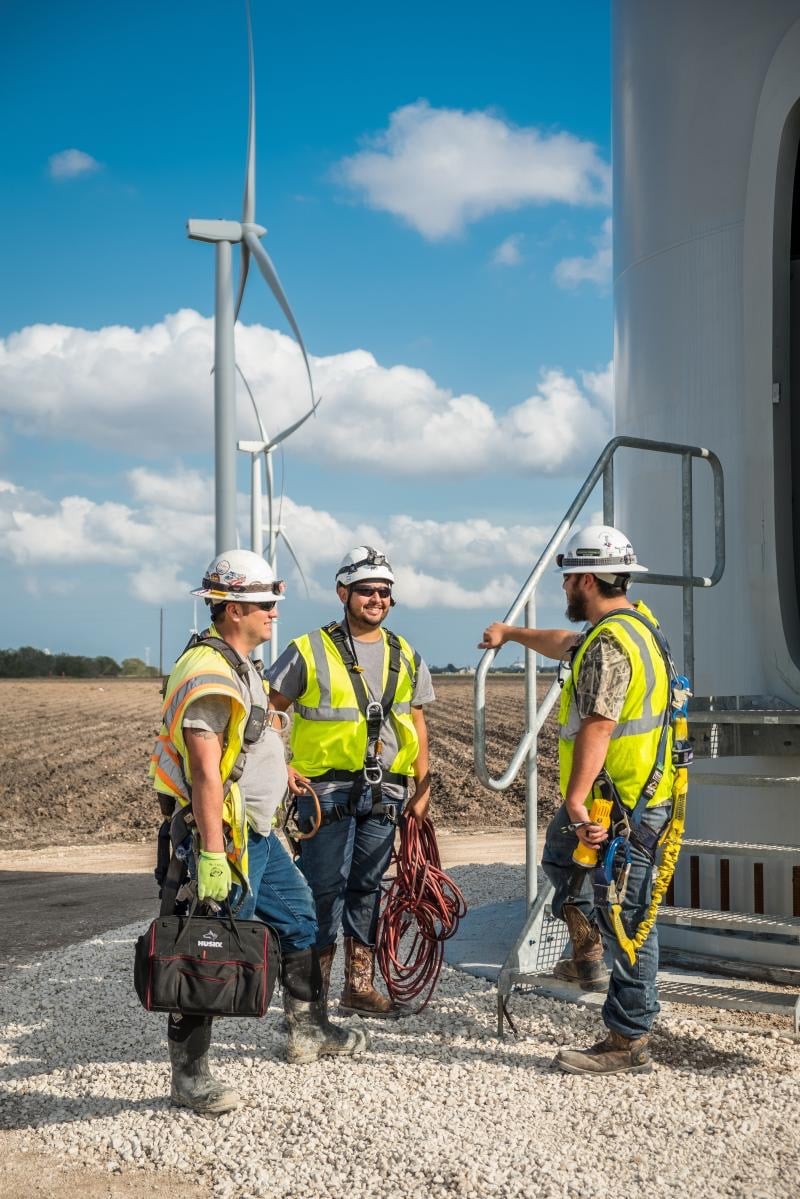
Photo Courtesy Nordex USA
Section 45Y and Section 48E
Iowa currently has 13.91 GW of operating clean power capacity and 0.01 GW of solar photovoltaic capacity under construction. The state also has plans for an additional 0.27 GW of onshore wind and solar projects. For example, Scout Clean Energy expects its 252 MW Silver Queen Wind farm in Carroll and Crawford Counties to create 350 jobs, generate $61 million in local tax revenue, and pay landowners $900,000 in rent per year. Meanwhile, Muscatine Power and Water plans to build a 24 MW solar farm that could eventually expand to 88 MW.
The wind sector is particularly prominent in Iowa, generating 59% of the state’s energy in 2023, making it the most significant contributor to its electricity mix. Not only does wind power keep electricity rates for Iowans as the forty-fourth lowest in the nation, but it also contributes to energy security in a state that does not have fossil fuel reserves and has to import its coal. Senator Chuck Grassley (R-IA) said, “Strengthening U.S. energy security requires an ‘all-of-the-above’ commitment to renewable, alternative and traditional sources of energy. Affordable, dependable energy is vital to U.S. economic, food and national security.” Mainly because of its wind capacity, Iowa has generated more electricity than it consumes since 2008, enabling it to export its excess.
The state’s clean power sector has also attracted private investments for data centers. Apple, Meta, Microsoft, and others have collectively invested $14.7 billion in such facilities in Iowa, bringing additional jobs and tax revenue to the state. Unfortunately, eliminating the clean energy tax credits would put Iowa’s most significant energy source at risk.
The House reconciliation bill would phase out both the Clean Electricity Production Tax Credit and the Clean Electricity Investment Tax Credit after 2028, to be finished before 2032. However, eliminating these Section 45Y and Section 48E tax credits would diminish companies’ ability to build and produce clean energy – jeopardizing these projects, the associated construction and operations jobs, and the state’s energy security. It would also reduce the state’s ability to meet electricity demand, which is projected to increase 50% by 2030. If the credits are repealed, Resources for the Future predicts that states in the Great Plains Region will build 100 GW less wind generation capacity by 2035 than they would have if they were maintained.

Photo Courtesy Scout Clean Energy
Section 25D
Iowa’s 173 MW of installed rooftop solar is also a testament to its clean energy transition. With the Residential Clean Energy Credit, EnergySage expects the average Iowan to save $31,612 by installing solar panels over the next 25 years.
However, the House reconciliation bill would repeal this Section 25D credit after 2025. With the elimination of the credit that would help households adopt these upgrades, cost savings from technologies including battery storage, geothermal heat pumps, and solar water heaters are at risk.
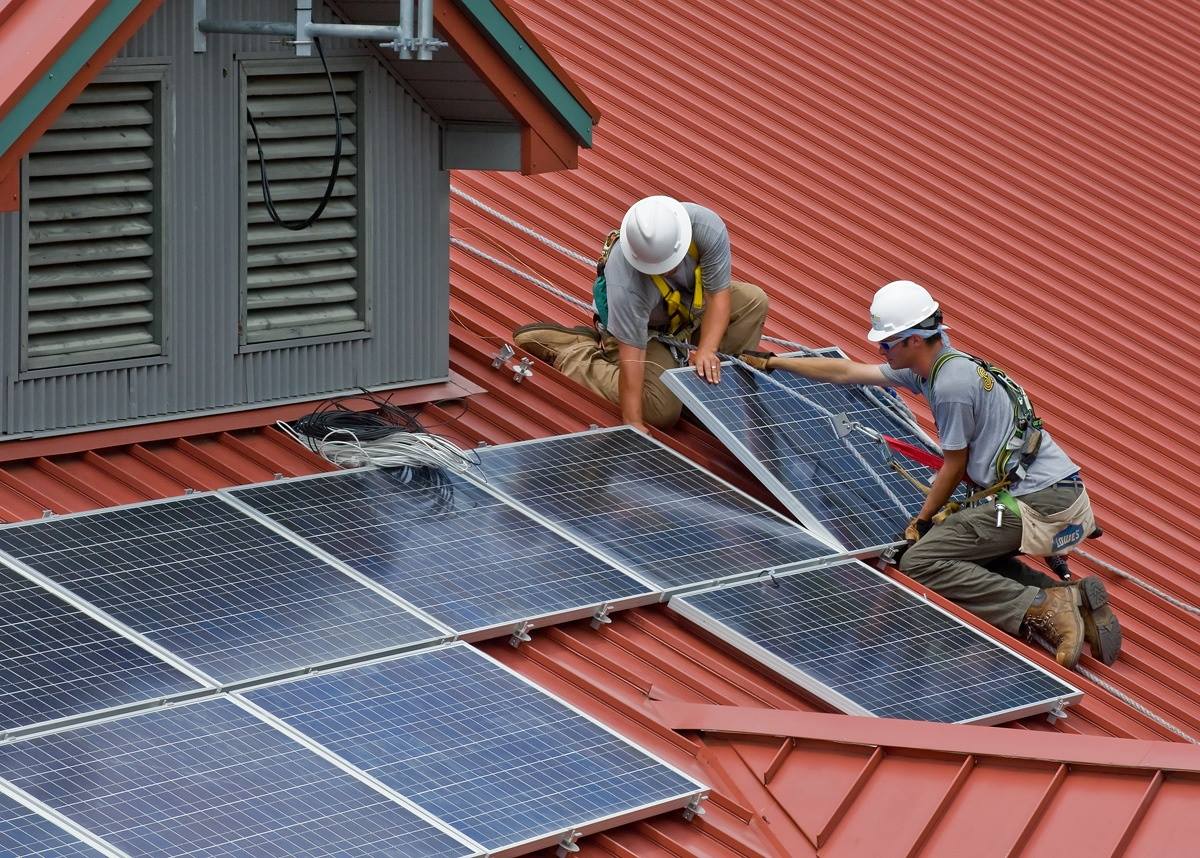
Photo Courtesy EnergySage
Iowa and the rest of the country will suffer without these tax credits. If the bill passes, Energy Innovation estimates that 830,000 jobs will be lost nationwide, particularly impacting Republican districts, where 80% of domestic clean energy projects have been built. Consumers across the country would see energy bills that are 50% higher and would pay $33 billion more per year. The national GDP would drop by $1.1 trillion by the decade’s end. NERA Economic Consulting estimates the impact on Iowa by 2032: 5,000 lost jobs, $370 in lost annual household income, on average, and a $590 million lower GDP.

